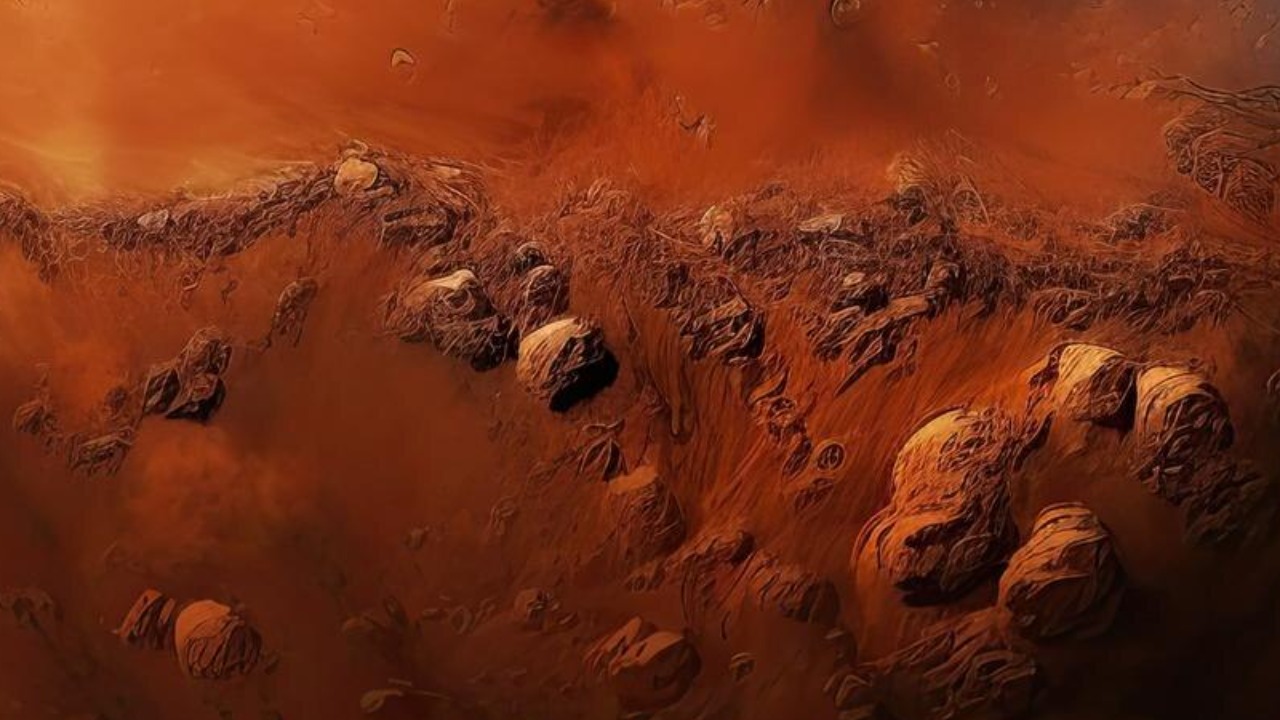
NASA’s Perseverance rover, currently operating in Mars’ Jezero Crater, has made a groundbreaking discovery. It has unearthed carbonate minerals within ancient rocks that serve as “time capsules,” preserving evidence of long-standing water bodies potentially suitable for microbial life thousands to millions of years ago. These findings include layered sediments and organic compounds suggesting a habitable past environment. Additionally, a specific rock sample revealed unusual features like white spots and organic molecules, hinting at possible ancient biological processes.
The Perseverance Rover’s Role in Uncovering Martian History
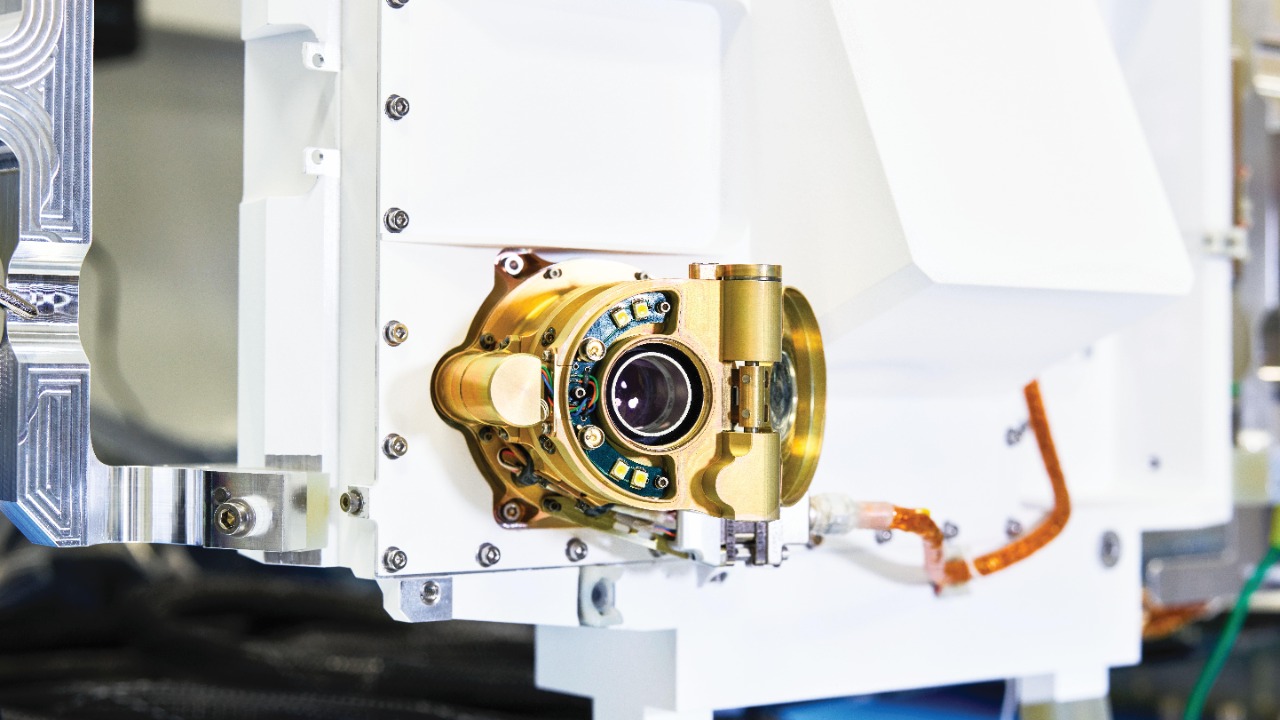
Deployed to Jezero Crater in 2021, the Perseverance rover has been diligently collecting rock samples using its drill and on-site analysis instruments like SHERLOC. These tools have been instrumental in uncovering the secrets of Mars’ geological past, including the presence of carbonate minerals within the planet’s ancient rocks [source].
One of the rover’s most significant contributions is the images captured by its Mastcam-Z camera. These images reveal layered rock formations, indicative of stratified deposits from ancient water flows. This evidence supports the theory that Mars once had a much wetter environment, potentially suitable for life [source]. Further, the rover has been able to expose internal structures of rocks by abrading their surfaces. For instance, one rock showed carbonate veins formed by water interactions, providing further evidence of Mars’ watery past [source].
Evidence of Ancient Water Bodies on Mars
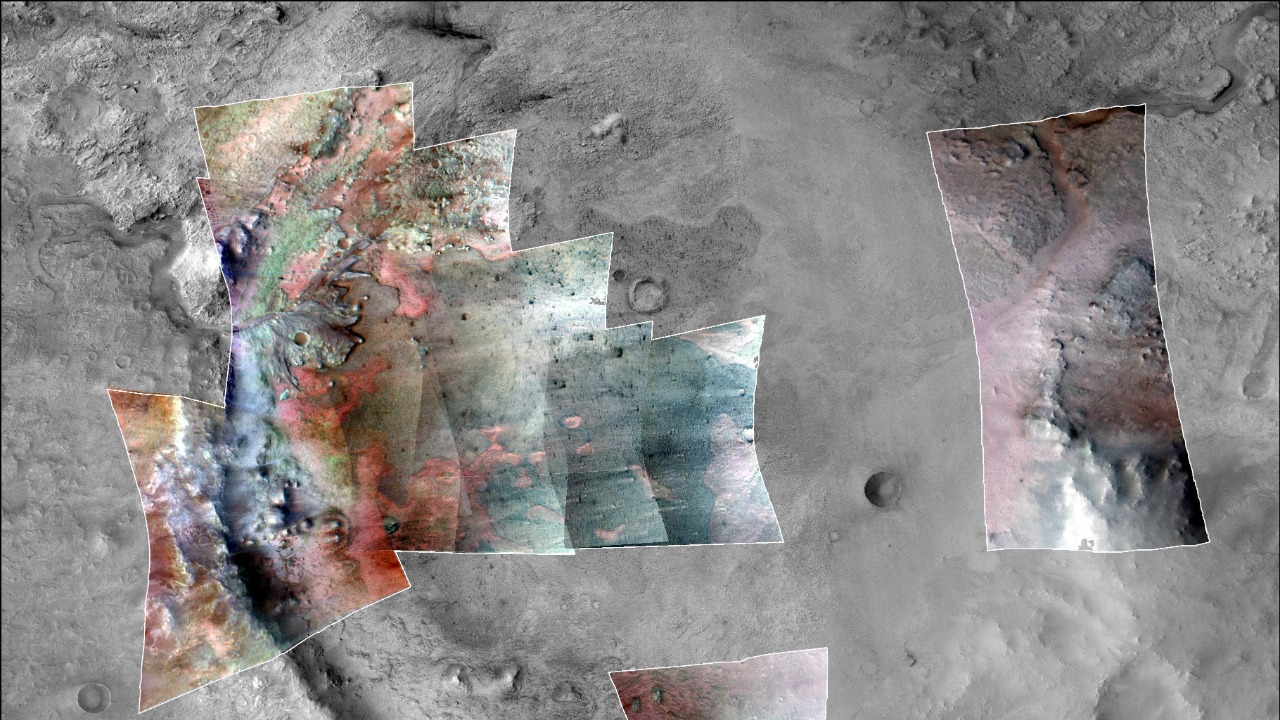
The discovery of carbonate minerals in Jezero Crater rocks is a significant find. Carbonate minerals form only in the presence of liquid water, indicating that a lake persisted in this region for at least 100,000 years [source]. Additionally, the rover has found clay minerals and delta deposits in the crater, suggesting the existence of an ancient ocean or large lake system that once covered parts of the region [source].
Moreover, the sedimentary layers in these rocks preserve chemical signatures of water chemistry, including pH levels suitable for life. This evidence further strengthens the hypothesis that Mars once hosted conditions conducive to life [source].
Carbonate Minerals as Preserved Time Capsules
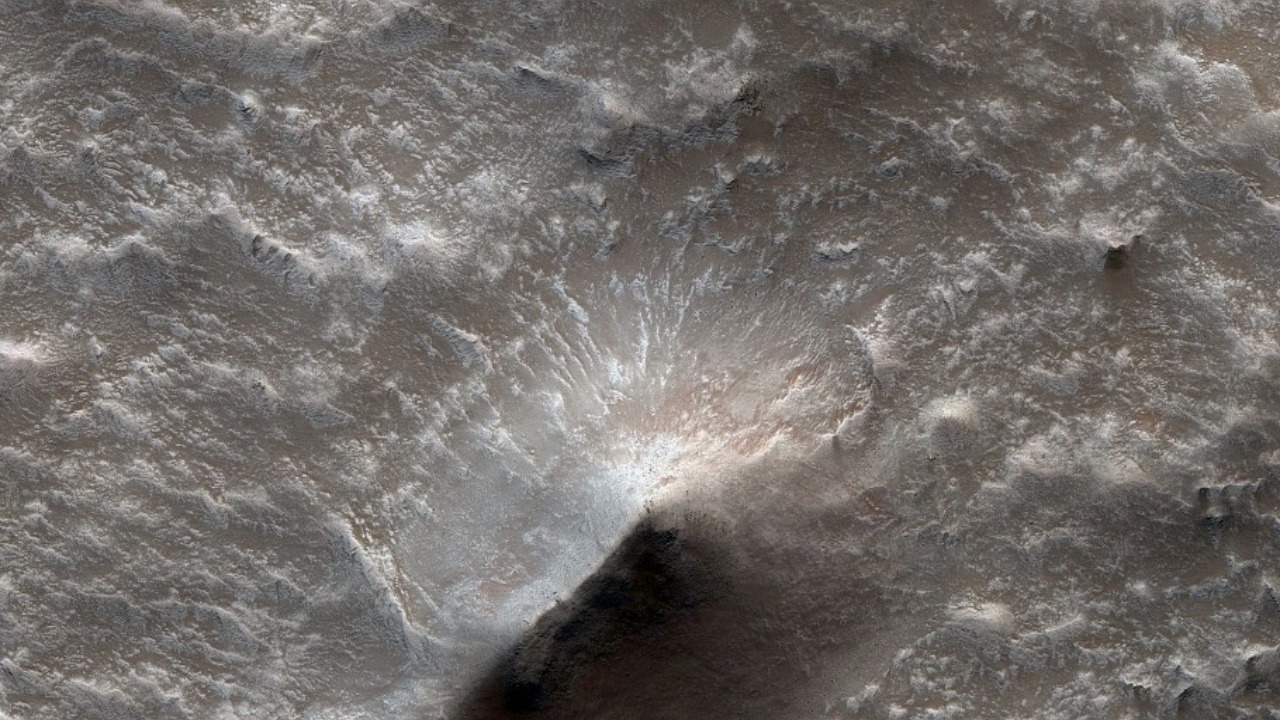
Carbonates in Martian rocks serve as preserved time capsules, trapping ancient atmospheric gases and water isotopes. These minerals provide a record of environmental conditions billions of years ago, offering scientists a unique window into Mars’ past [source]. For instance, specific rock samples from Perseverance show carbonate nodules that formed in neutral to alkaline water, a stark contrast to Earth’s typically acidic environments [source].
One particularly intriguing rock sample features “leopard spots” – calcium sulfate veins surrounding organic material. This pattern suggests water-mediated chemical reactions, further hinting at the possibility of ancient life on Mars [source].
Signs of Potential Ancient Life in Rock Samples
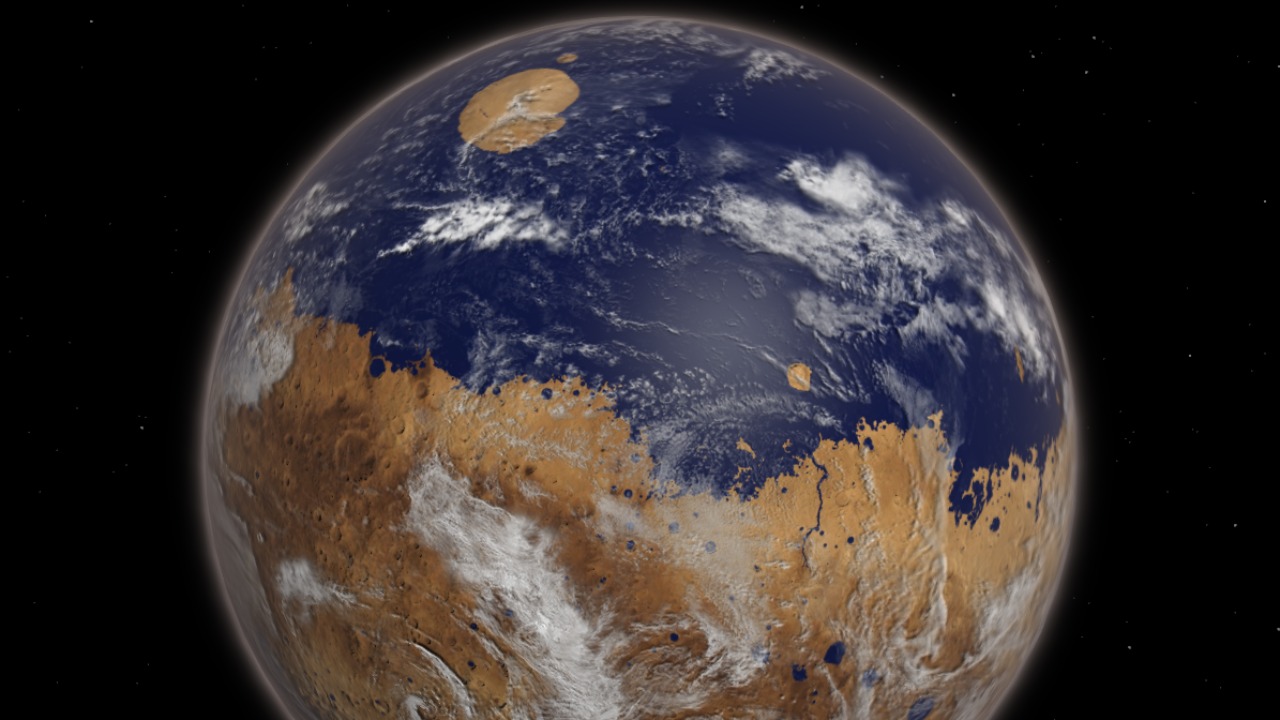
The detection of organic molecules in abraded rock surfaces is another significant discovery. These carbon-based compounds could originate from biological processes, suggesting the potential for ancient life on Mars [source]. One rock sample, named after a location, shows unusual patterns where white calcium sulfate spots encircle dark organic-rich areas. These patterns resemble potential microbial activity features on Earth, further hinting at the possibility of ancient Martian life [source].
These organics, combined with evidence of water, suggest habitable conditions for microbes during Mars’ Noachian period around 3.7 billion years ago. This discovery could revolutionize our understanding of life’s potential beyond Earth [source].
Factors That Rendered Mars Lifeless
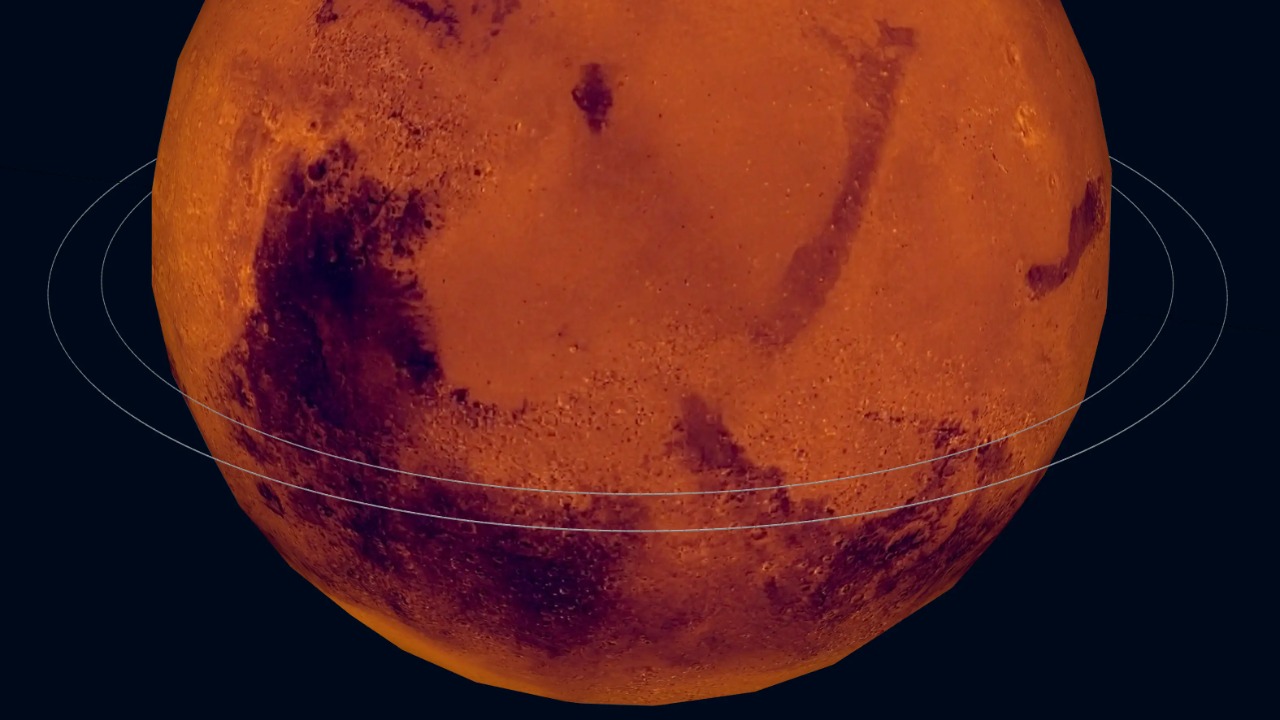
Approximately 4 billion years ago, Mars lost its global magnetic field. This loss exposed the planet to solar wind, which gradually stripped away its atmosphere, leading to the freezing and evaporation of surface water and turning ancient lakes into dry basins [source]. The decline in volcanic activity further contributed to Mars’ current arid, cold state by reducing the replenishment of CO2 and water vapor [source].
Implications for Future Mars Exploration

Plans are underway to return Perseverance’s collected rock samples to Earth via the Mars Sample Return mission, scheduled for the 2030s. Detailed lab analysis of these samples could confirm biosignatures if the organics show non-abiotic origins, advancing astrobiology research [source]. Furthermore, the broader context of Jezero Crater as a prime site for understanding Mars’ transition from wet to dry could inform searches for life elsewhere in the solar system [source].